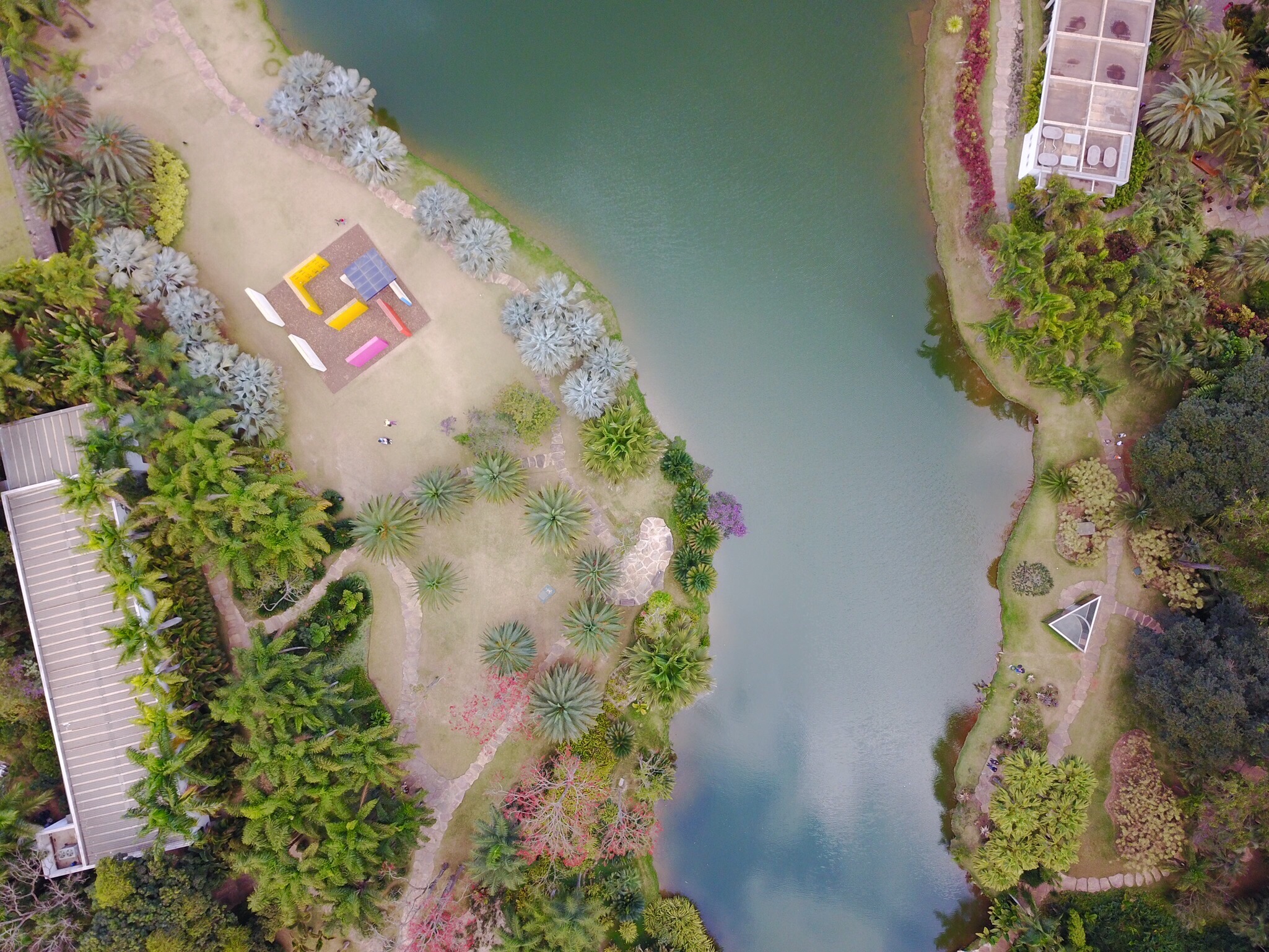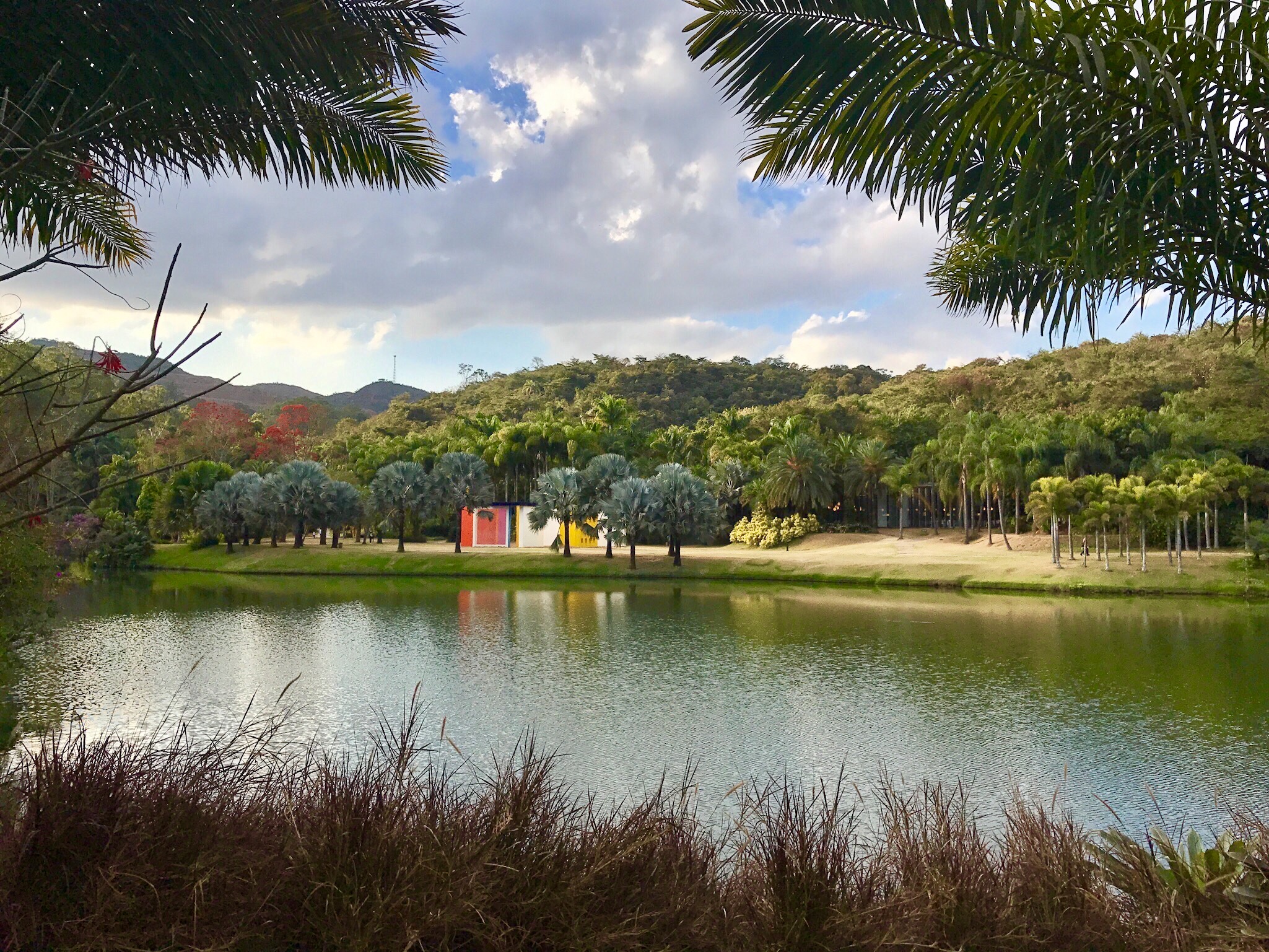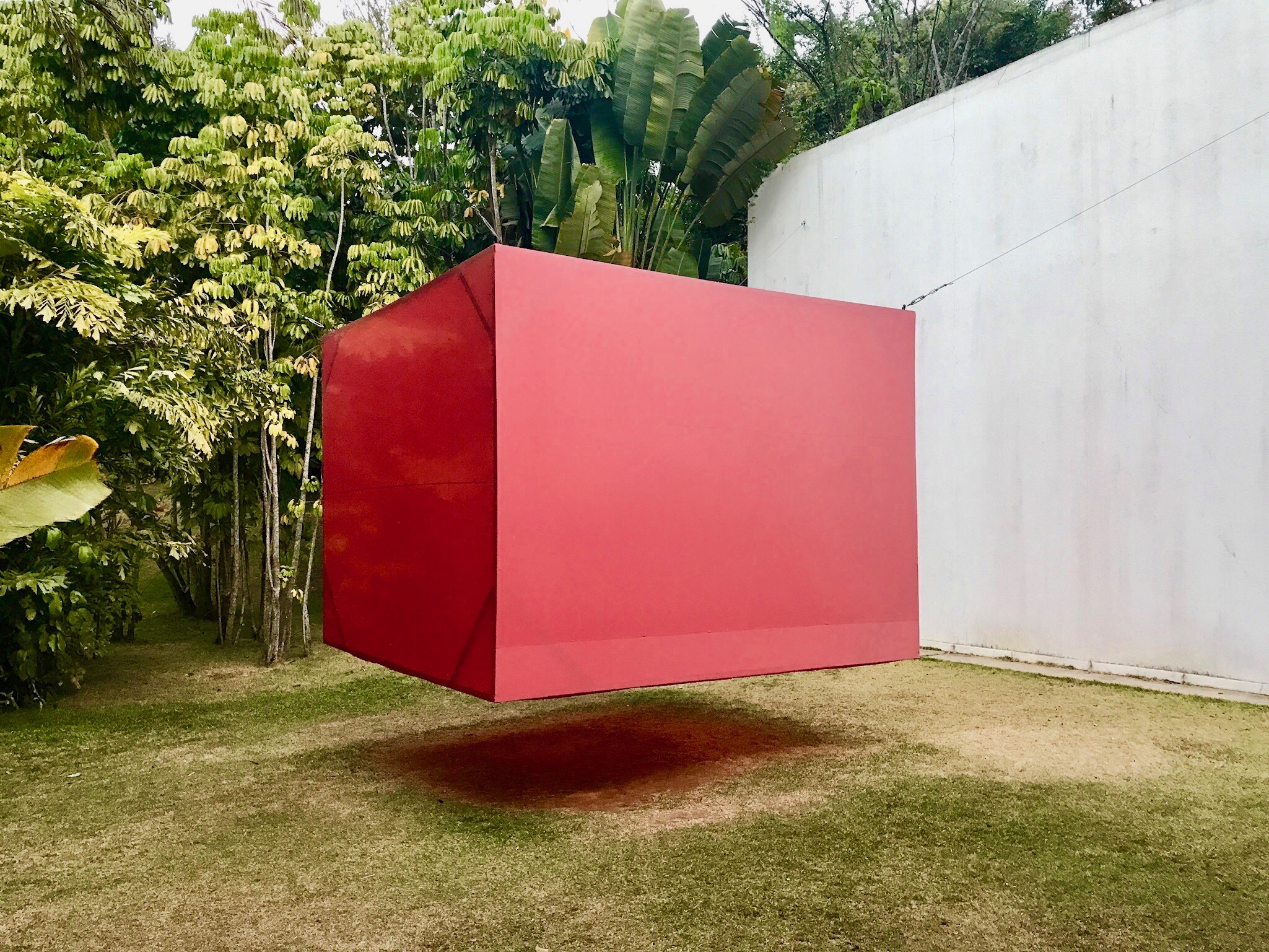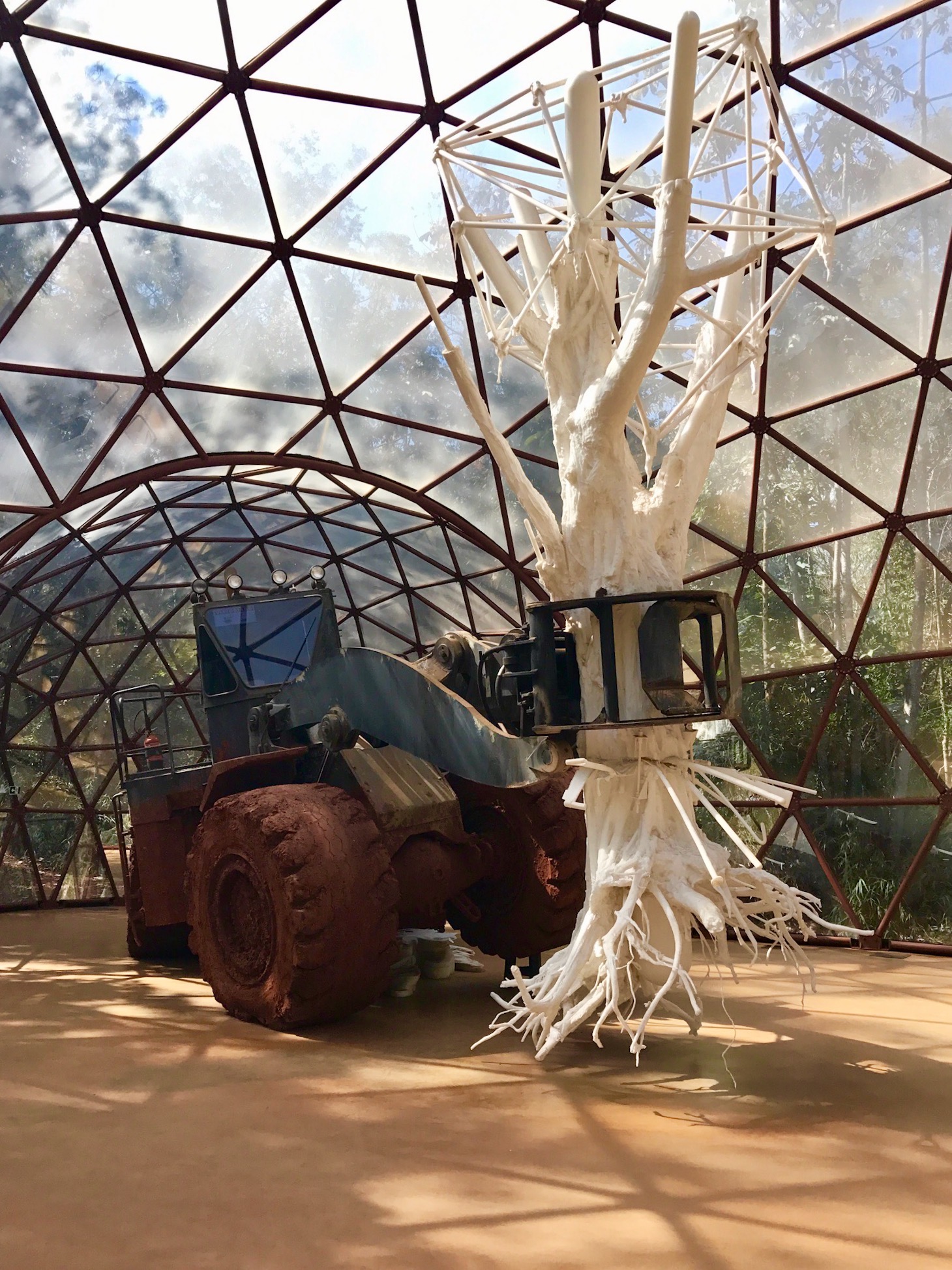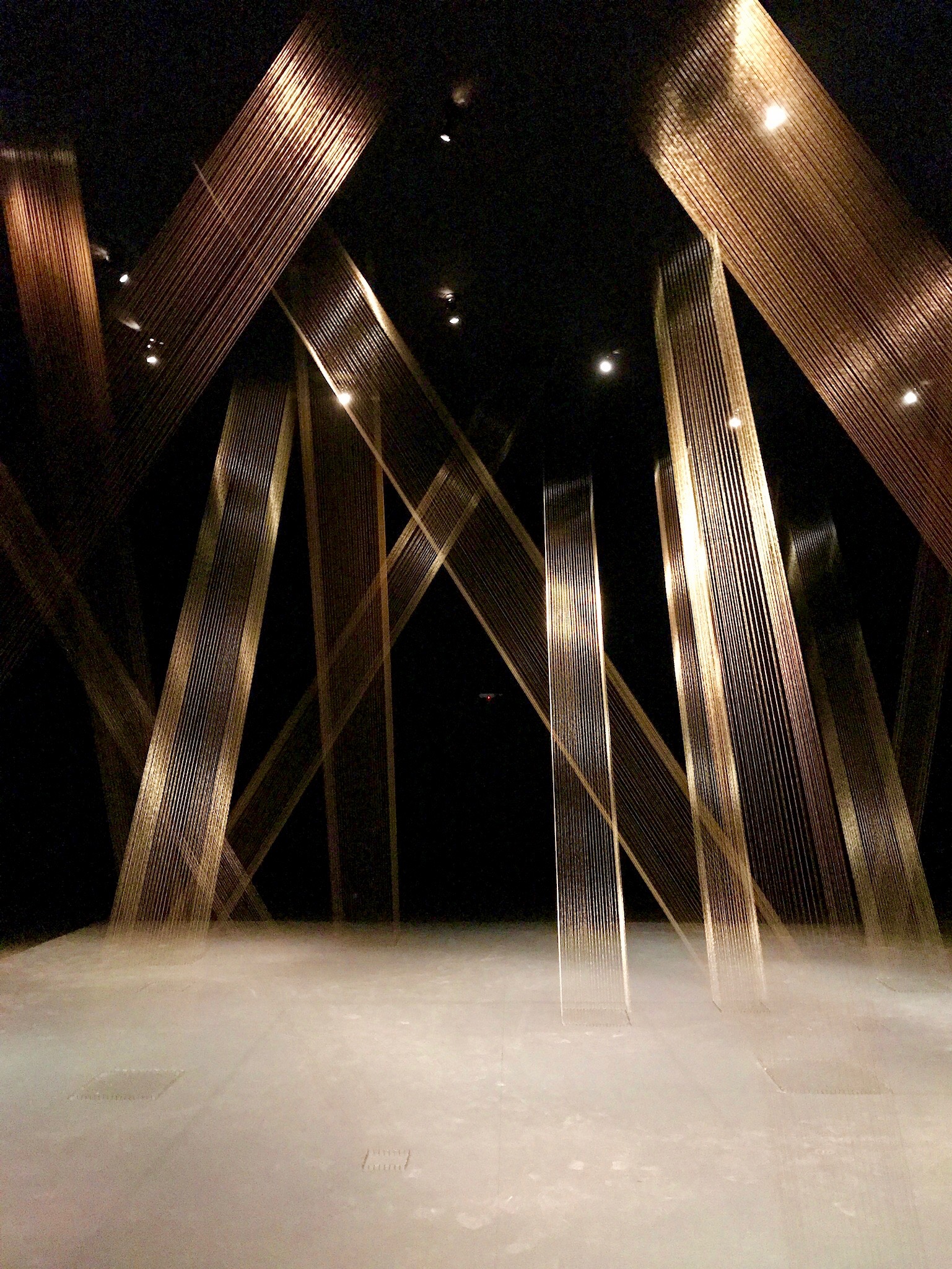Inhotim: Brazil’s Secret Garden of Art
Many travelers visit Brazil for the powdery white-sand beaches or the captivating, vibrant cities. But for those seeking a memorable escape from the beaten path in Brazil, there’s one haven that remains perfectly untouched: Inhotim.
Inhotim is one of the world’s largest open-air museums, and a true paradise for lovers of both nature and art.
It’s located in a secluded, rustic region of Brazil, in a quiet city called Brumadinho. The property spans 5,000 sprawling acres of lush botanical gardens, and showcases hundreds of contemporary works of art.
For curious adventurers seeking an enchanting and fully unforgettable experience, Inhotim deserves a spot at the top of your bucket list.
Inhotim History and Background
Inhotim is the brainchild of local mining tycoon Bernardo Paz, who began purchasing the land in the 1980s. Paz then hired his good friend - famed Brazilian landscape architect Roberto Burle Marx - to transform the wild, untamed landscape into a lush, imaginative botanical garden.
Paz didn’t begin collecting art until several years later, when Brazilian sculptor and performance artist Tunga reached out and persuaded Paz to let him store his sculptures there. Eventually Paz began allowing more artists to use the space to showcase their work, constructing dozens of pavilions to be used as galleries. In 2006, Inhotim was finally opened to the public.
A large part of what makes Inhotim so unlike any other museum is the unique spatial relationship between art and nature.
The two elements are inherently interconnected, with visitors actively experiencing both nature and art as they stroll the grounds and observe the galleries. This unique environment creates a one-of-a-kind experience for both the artists showcasing their work and the spectators experiencing it.
Inhotim for Nature Lovers
Stepping into Inhotim is like stepping into a real-world Garden of Eden. More than 4,500 species of exotic plants and tropical flowers thrive within the park alongside dense forests, rolling hills and valleys, and serene lakes.
Inhotim’s landscaping is almost otherworldly, featuring diverse gardens, greenhouses and arboretums. One of the park’s most striking natural attractions is the Tamboril, a massive and twisting 100-year old deciduous tree.
Much of Inhotim’s Wonderland-esque characteristics can be attributed to Burle Marx, who designed the botanical gardens. Burle Marx is known for his use of four key design concepts: free form water features, rupturing symmetrical patterns with open spaces, colorful pavements and walkways, and using native tropical vegetation as a structural design element.
Inhotim for Art Enthusiasts
One of Inhotim’s primary goals is to bring the visiting public face-to-face with relevant, culturally-significant works of art from around the globe. Inhotim features a diverse selection of contemporary artwork, ranging from dozens of indoor galleries to monumental outdoor sculptures.
Both permanent galleries and temporary collections fill the space, showcasing more than 500 works of art by renowned Brazilian and international artists. Additionally, many of the galleries and sculptures are highly interactive and immersive, drawing the spectator in to experience the piece on a deeper level.
One such example is Vegetation Room Inhotim by Cristina Iglesias, a Spanish artist known for her creative use of architecture, movement, and space. This mirrored structure sits within a forest clearing and relies upon the natural presence of light, water, and plant life within the space to evoke the feeling of being within a secret, enclosed garden.
Another eye-catching exhibit is De Lama Lâmina, a geodesic glass and steel dome constructed by American artist Matthew Barney. Inside the dome sits a rusty tractor clutching a whitewashed tree. Viewing Machine, by Danish artist Olafur Eliasson, resembles a massive kaleidoscope that visitors are free to maneuver and use to view points of interest across the hilly landscape.
Inhotim: An Unforgettable Experience
Paz has plans to expand Inhotim in the coming years, adding more features for guests to enjoy. On the list? An amphitheater and on-site accommodation. The park currently employees roughly 700 local residents from the Brumadinho area, and costs approximately $10 million per year to run - most of which is financed by Paz himself. Both of these figures are expected to grow.
While more and more travelers are beginning to visit Inhotim, it remains to be a true hidden gem and one of Brazil’s best-kept secrets. Whether you come for the mesmerizing contemporary artwork or the dazzling tropical landscapes, Inhotim is a one-of-a-kind adventure that is sure to leave a lasting impression.


